Insect & Pests
All Insect & Pests Content

It’s Time To Start Scouting for True Armyworm Caterpillars in Wheat
This week, we collected quite a few true armyworm moths from our traps around eastern South Dakota. That means that true armyworm caterpillars will probably be showing up soon. To play it safe, scouting should start this week to stay ahead of potential issues.

Grasshoppers Are Causing Concerns in South Dakota Crops
In 2020, grasshopper populations were an issue in parts of central and western South Dakota. The populations this year are moving into crops earlier and appear to be as bad as the ones observed last year.
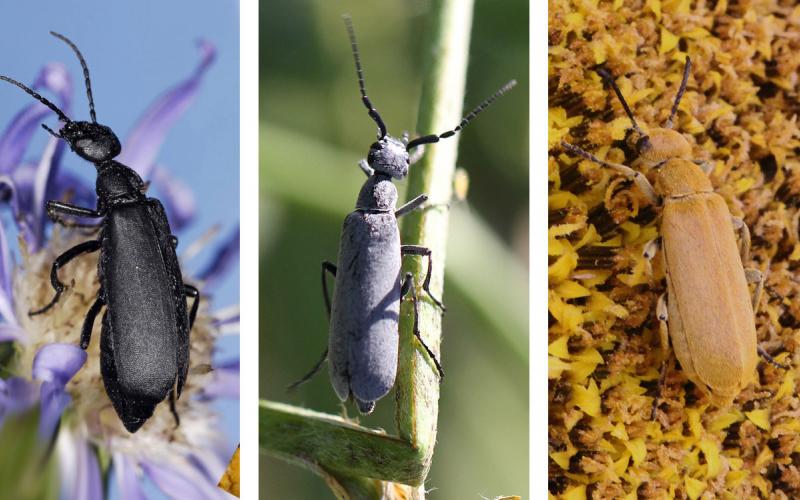
Blister Beetles Showing up in Alfalfa Fields
Blister beetles are now active in South Dakota. Although the larvae of blister beetles can be beneficial by feeding on grasshopper eggs, the adults cause issues when large populations are present in alfalfa at the time of harvest.

What’s Leaving These White Skins on My Lawn?
There have been many reports by homeowners of birds pulling out white, cigarette-looking tubes from their lawns. These tubes are silken tunnel linings created by the cigarette paper webworm.
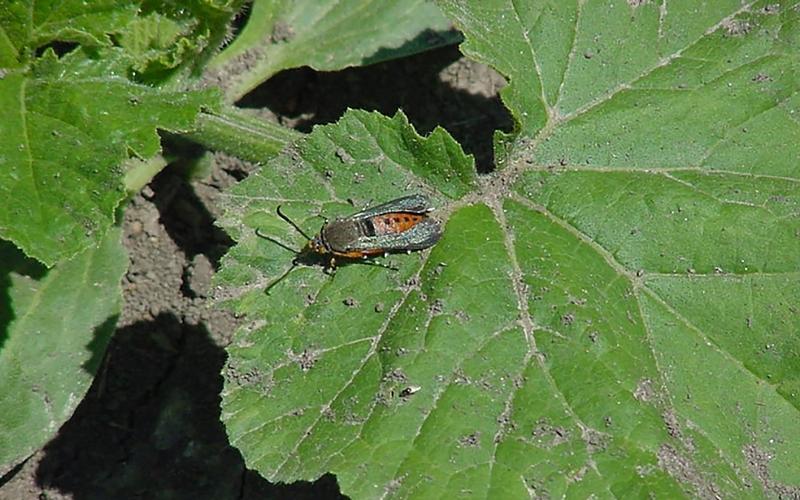
Squash Vine Borers Ramping up in South Dakota
Last week squash vine borer moths were observed in South Dakota. For this reason, it is important to scout for the moths as well as eggs on the stems of zucchini, squash, pumpkins and related produce.
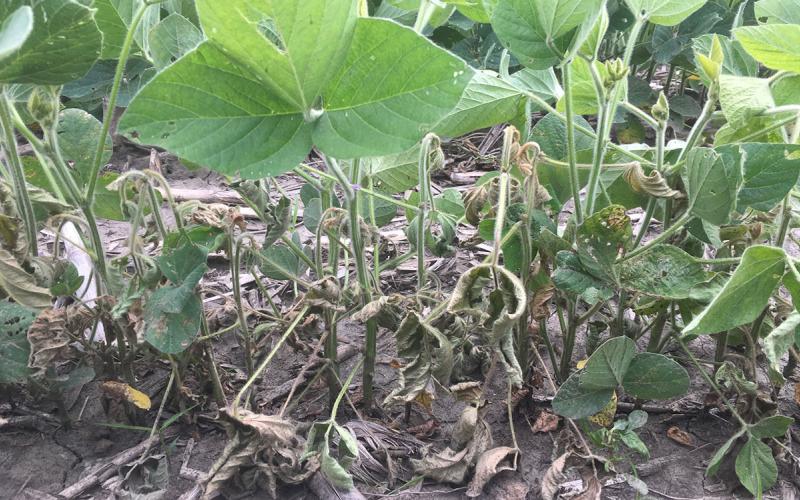
Soybean Gall Midge Larvae in South Dakota Soybean
Soybean gall midge larvae were observed in South Dakota soybean this week. Although insecticide applications haven’t been very effective at this stage, it is still important to scout fields and determine the location and extent of soybean gall midge infestations.
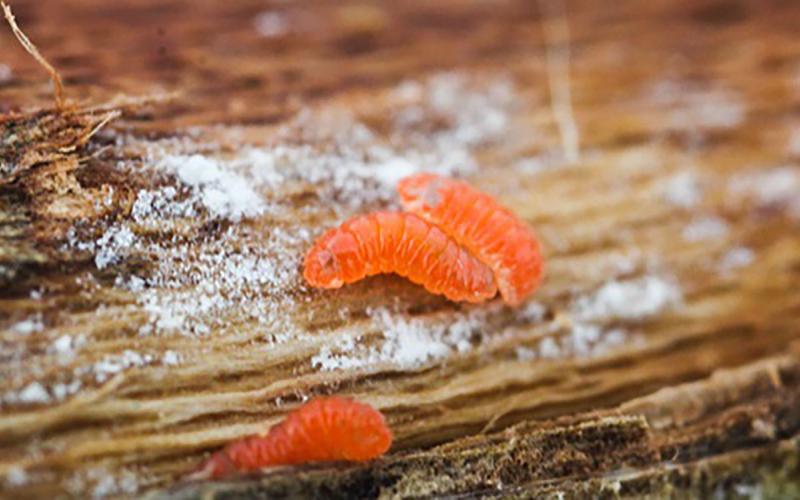
Soybean Gall Midge Larvae Observed in South Dakota
Soybean gall midge emergence continues to be slow in South Dakota. In the past week, two additional adults have been captured in South Dakota.
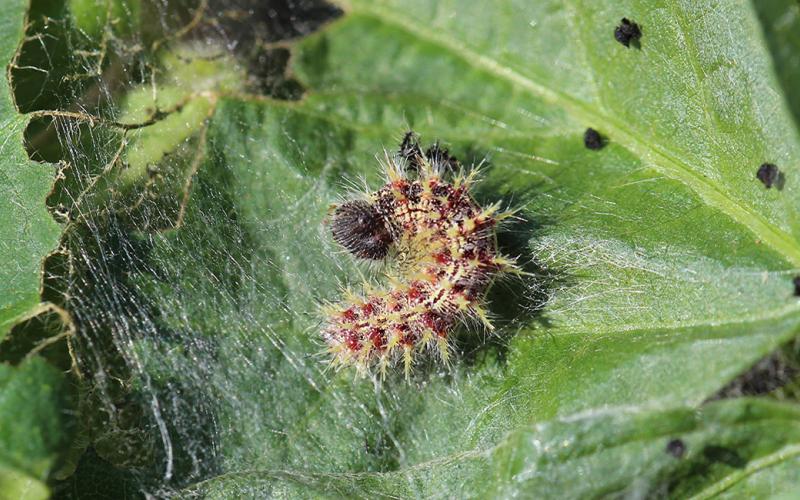
Thistle Caterpillars Observed on Canada Thistle
Although thistle caterpillars are normally first observed in July or August, it is possible for them to appear earlier if weather conditions are favorable. While these caterpillars are generally not present in high numbers, they can cause severe defoliation.

Corn Rootworm Egg Hatch Estimates
Corn rootworms overwinter in the soil as eggs and hatch in the spring when enough soil degree days have been accumulated. Based on soil degree day accumulations, most of South Dakota has reached 50% corn rootworm egg hatch.

Soybean Gall Midge Adults Captured in South Dakota
Although soybean gall midge adults have been captured earlier this spring in neighboring states, the first adults were captured in South Dakota on June 17. So far, our captures are low with one adult at two locations near Burbank and Meckling.